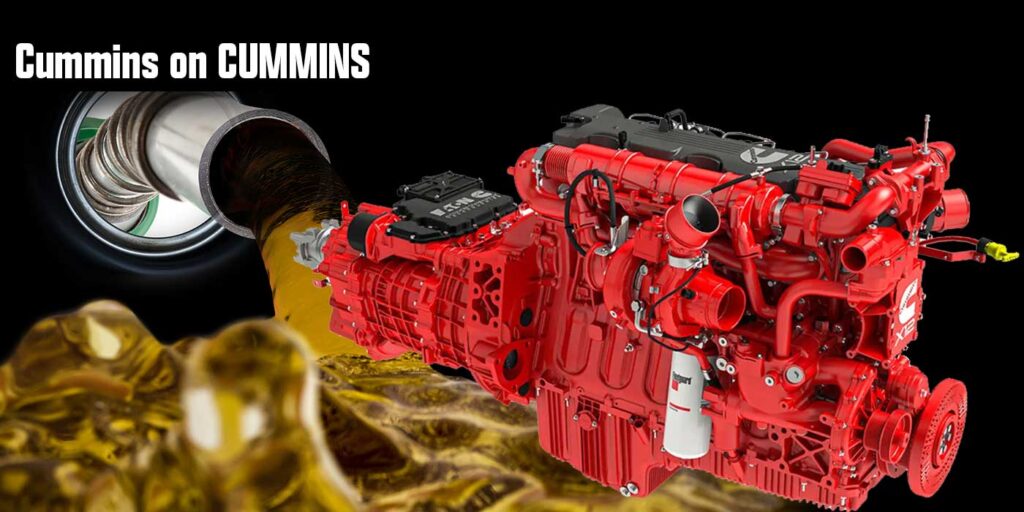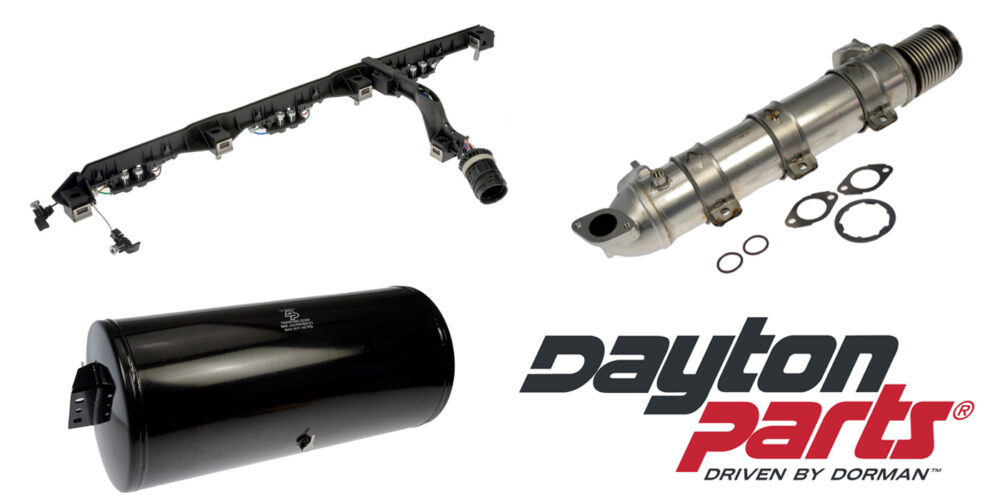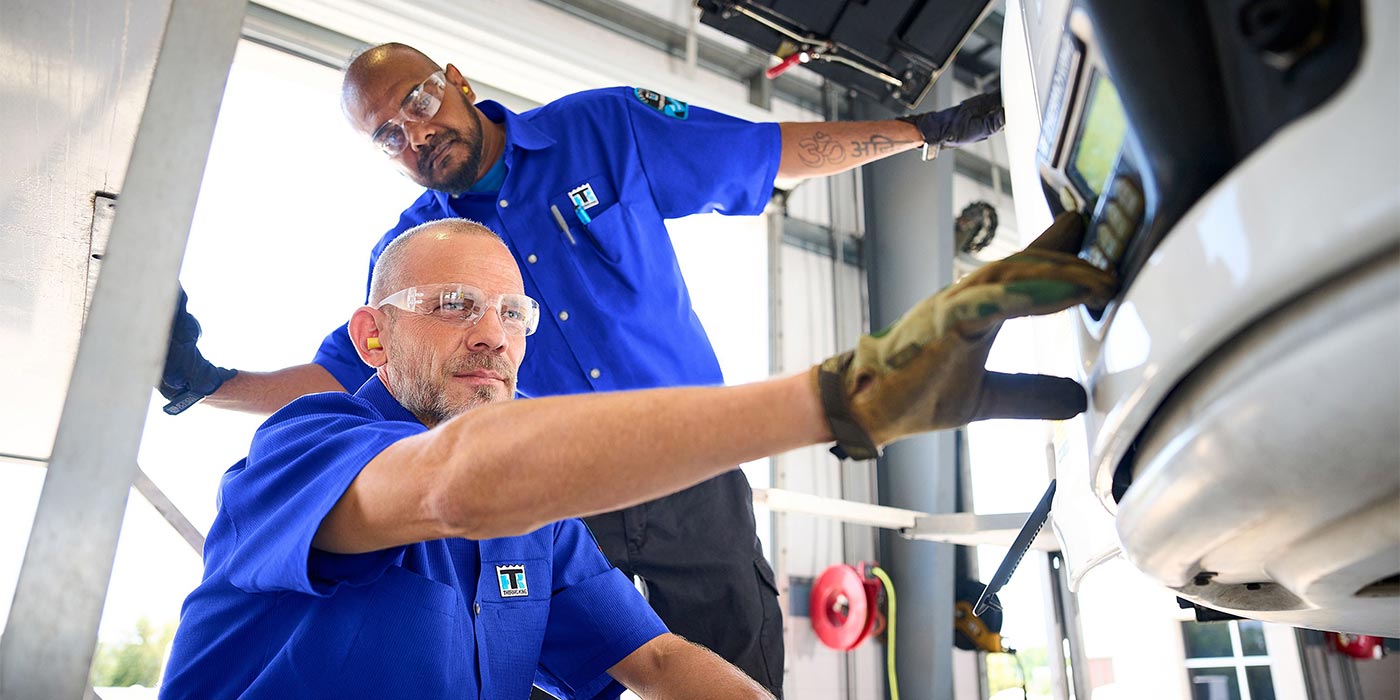Diesel engines are a contributor to our current climate crisis, but they might also be the short-term solution to decarbonization. After all, if you burn less fuel tomorrow than you did today, you’re decarbonizing and those efforts add up. Cummins is banking on it. The company has an internal goal of reducing Scope 3 absolute lifetime greenhouse gas (GHG) emissions from newly sold products by 25% by 2030.
“That is an internal target we will achieve through improving greenhouse gas on our diesel engines,” Uma Vajapeyazula, product strategy, Cummins said. “Our next advanced diesels will come with significant greenhouse gas reduction.”
Power density is a key component to achieving those greenhouse gas reductions.
“One thing that you’re going to see in our next generation of products is delivering more power in a smaller size engine performing—a 10-liter engine performing like a 12-liter engine, for example,” Vajapeyazula said. “We are investing heavily in our next generation of diesel platforms to increase power density while meeting stringent regulations.”
Meeting those regulations means that the Cummins diesel team has to “break” the emissions equation. Vajapeyazula explains:
“When you lower NOx, then greenhouse gas emissions increase. And when you have to lower greenhouse gas, you create NOx. Now both are going down. That’s one physics equation with our existing platforms that we’re trying to break with higher compression ratios and variable valve technologies, so we don’t have to give up on improving one part of the equation to make progress on the other.”
All of this must be done without compromising the power Cummins delivers.
“Power is important to our customers–it gets the job done. We’re leaders in power. We don’t want to compromise on that,” she said. “Power density is the answer to the equation that asks: How do you deliver equal power with a smaller engine or greater power with the same size engine?”
The other engine product development variable Cummins has to balance is keeping control of costs. Increased technology typically carries an increased price tag.
“When you improve diesel technology you can push it to a limit where you make it too complex,” she said. “Many people might move to the secondary market and wait to see how the power technologies play out. The other challenge is if regulations make it hard to buy affordable diesel engines that are available today and the jump to, say battery electric or fuel cells are four times more expensive, that is also going to drive a whole bunch of people to the secondary market. Then you’re not moving the needle on new technologies.”
Today, diesel powers the development of those technologies, and it presents the greatest opportunity for fleets of any size and application to start decarbonizing their equipment right now. And it’s not just more efficient diesel engines that provide that opportunity. Vajapeyazula also noted that there’s a big decarbonization upside to renewable diesel.
“Renewable fuels is where the magic can happen,” she said. “You’re not going to flip the switch today with battery electric vehicles. Renewable fuels have a much bigger impact on the planet with existing assets. You can clean up an entire fleet that runs for tens of years–and it’s not just the new products. Renewable diesel can drive cleaner trucks that are on the road today and even trucks that have been running for five years.”
Of course, renewable fuels have their own infrastructure challenges, but those are being addressed. One example is the recent Chevron acquisition of Renewable Energy Group (REG), which aims to bring renewable fuels to a wider customer base. Vajapeyazula noted that Cummins is working with Chevron on renewable fuels initiatives.
“If you drive renewable, it doesn’t matter if it’s a secondary market, the tertiary market–everybody has access to low carbon fuels,” she said. “At the end of the day, the fuel has to be clean. The well-to-wheels source of the fuel has to be clean. You don’t have to bring dramatic new technology to do that.”
The point is well taken, but Cummins is also poised to bring dramatic new technologies to the market. Read on to learn more about its fuel-agnostic engine platform approaches to natural gas, hydrogen and their overall product strategy.
Natural gas engines in the Now: Potentially poised for growth
Hydrogen ICE: Fueling more than just fuel cells
How Cummins envisions the future of power (and what that means for its engine business)














